Tweetspeak’s virtual Literary Tours take us to destinations of all kinds, finding inspiration in places such as art museums, libraries, and natural settings. Immerse yourself in Willa Cather’s childhood with a stop in Red Cloud, Nebraska.
______________________
As the wagon lurched over the rutted dirt, Willa Cather knew one thing for sure: she had no interest in living on the Great Plains.
Born in Virginia, nine-year-old Willa initially found Nebraska’s wide sky and endless landscape almost physically crushing. “As we drove further and further out into the country, ” she said, “I felt a good deal as if we had come to the end of everything—it was a kind of erasure of personality.”
It was April 1883. The land, Cather later recalled, was “as bare as a piece of sheet iron.” The family planned to join Willa’s paternal grandparents on their homestead about a dozen miles outside the town of Red Cloud.
Less than 18 months after they arrived, her father decided he wasn’t cut out for farming and moved the family into a modest rental home in town. Willa Cather lived in this two-story, three-bedroom house with no running water and no electricity along with her maternal grandmother, her parents, her six siblings and their hired kitchen girl—all eleven under one roof. Cather stayed in that home into her young adulthood.
I recently visited Willa Cather’s childhood home with my book club. We’d read My Antonia and O Pioneers, and knowing the Pulitzer-Prize-winning author’s childhood home was less than a three-hour drive southwest of Lincoln, Nebraska, we decided to visit the setting in which Cather had set so many of her novels and stories.
We arrived in downtown Red Cloud, population 1, 200, on a scorching August afternoon. The town was eerily quiet. A hot wind blew across the plains and down the red-bricked streets, kicking up dust and whipping our hair into our eyes.
Our tour began at the Red Cloud Opera House, where Willa Cather gave her graduation oration in 1890. The Opera House is now home to the Willa Cather Foundation, which houses a number of Cather’s artifacts, including several of her dresses, her traveling trunk, and the family Bible, in which Cather changed her birthdate from 1873 to 1876 and her name from Wilella to Willa.
In a futile attempt to beat the heat, our tour guide, Carol, suggested we drive from spot to spot along the tour, so the six of us clambered out of my minivan in front of 241 North Cedar Street, Cather’s childhood home. As we crowded into the front hallway, Carol explained that the Cather children were not allowed into the sitting room, dining room or master bedroom. All seven of the Cather children were restricted to the kitchen and grandmother’s room. The oldest children, including Willa, slept in the attic.
We climbed the steep, narrow staircase into the dim, stifling attic. As the oldest, Willa had her own room, a small, sparse space brightened by natural light streaming through a surprisingly large window. The floral wallpaper, now peeling and yellowed, is the original paper Willa and a friend hung when they were teenagers.
As I stood at the threshold of her bedroom, sweat trickling down my back, I tried to imagine sleeping in such oppressive heat. On the hottest nights, Carol told us, Willa and her siblings would fight to sleep in the hammocks that hung on the front porch beneath the bittersweet vine.
Cather didn’t write her novels until long after she’d left Red Cloud and settled in New York City, but this simple bedroom played a prominent role in The Song of the Lark, in which the fictional protagonist Thea Kronberg daydreamed about her future and watched life rush by from this attic window. In fact, many of the tour’s highlights are woven into Cather’s fiction, including what’s known as The Harling House, which served as the backdrop for My Antonia. Annie Pavelka, who worked as a “kitchen girl” for the owners of the home, was Cather’s best friend and served as the prototype for Antonia.
Although Cather didn’t live long in Red Cloud—after graduating from high school she moved to Lincoln to attend the University of Nebraska, and then relocated to Pittsburgh and later to New York City—she returned frequently to visit her family at what’s now known as Cather Second Home, a stately Victorian set on a quiet street two blocks from the center of town. Cather Second Home operates as a bed and breakfast of sorts (it’s bring-your-own-breakfast). I stayed in “Frankfort, ” the room Willa Cather slept in when she was in town, and was half-hopeful, half-leery Willa’s ghost would visit during the night (she didn’t).
The morning of our departure, I awoke early, crept down the creaking grand staircase, and took my coffee out to the wide, wraparound front porch. The neighborhood was quiet and still, and as I tucked my legs onto the cheery yellow cushions, I recalled Cather’s words about Nebraska and its impact on her writing.
“I think that most of the basic material a writer works with is acquired before the age of fifteen, ” she said. “That’s the important period: when one’s not writing. Those years determine whether one’s work will be poor and thin or rich and fine.”
Willa Cather’s years in that small town, settled amid the wide land and sky, made for a body of literary work that is rich and fine indeed.
Featured photo by Mats Lindh, Creative Commons, via Flickr. Post and Willa Cather tour photos by Michelle DeRusha.
Our virtual Literary Tours take us to literary and artistic destinations of all kinds, including writer’s residences, libraries, museums, galleries, and historical locations.
Browse more Literary Tours
Browse more Galleries & Art Exhibits
______________________
Subscribe to our free weekly newsletter.
We’ll make your Saturdays happy with a regular delivery of the best in poetry and poetic things.
Need a little convincing? Enjoy a free sample.
- Regional Tour: Homestead National Monument, Beatrice, Nebraska - November 13, 2015
- Making Little Free Library No. 25, 001 - November 4, 2015
- Regional Tour: North House Folk School, Grand Marais, Minnesota - August 12, 2015
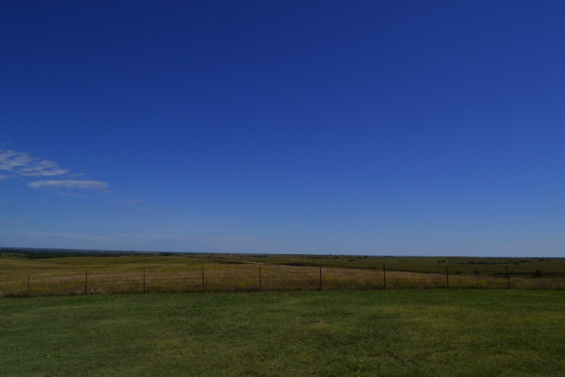
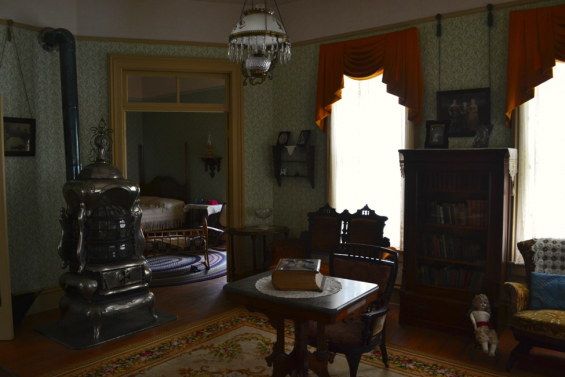
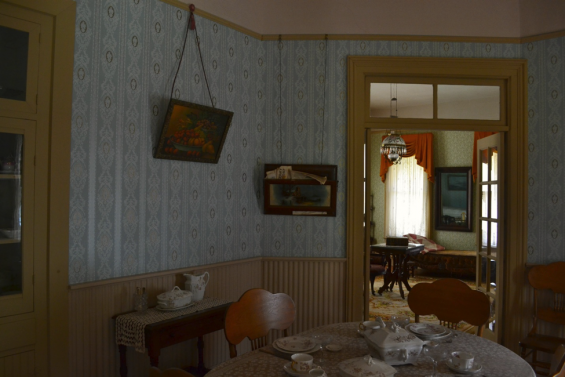
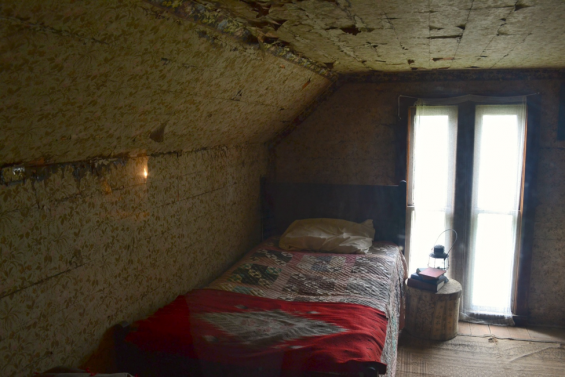
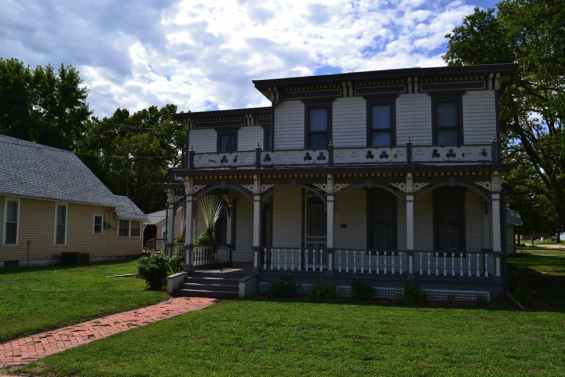
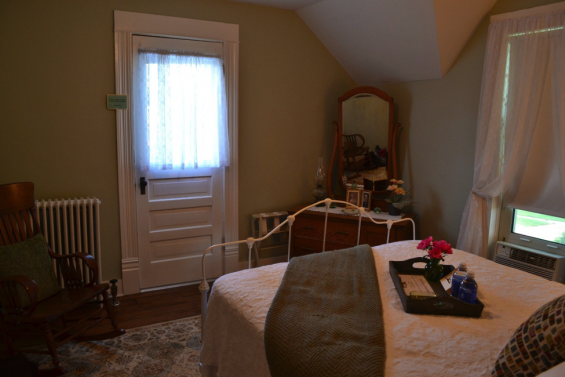
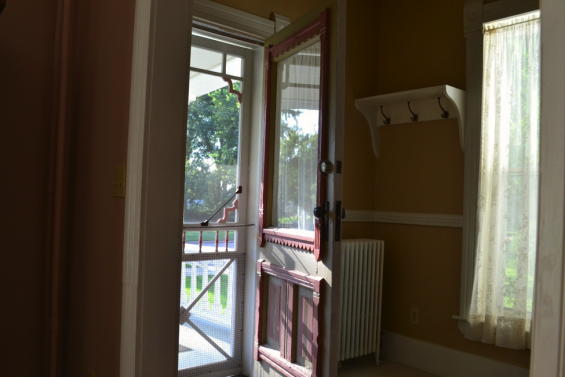
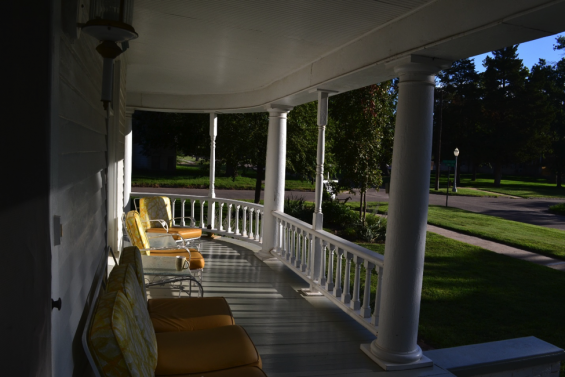

Maureen Doallas says
Love the concluding quote and Cather’s recognition that we do some of our most important writing without pen and paper (or computer) as we are growing and learning.
Thank you for a lovely post, Michelle.
Michelle DeRusha says
That quote REALLY resonated with me, too, Maureen. There’s something to be said for rest in the creative process – allowing ideas to seed and grow in their own due time.
SimplyDarlene says
Michelle – what a great adventure! Thanks for sharing.
Your article’s last lines about the time that writers didn’t write (before age of 15) – gives pause for us to compare the demands and restrictions and freedoms between eras. As much as me and my family relish roughing it and living simple, I can only imagine the actual-factual lifestyle during the westward expansion.
For me, early teenage years were some of my most prolific writing times. But I agree with that time as being a wellspring for future writing.
Blessings.
Michelle DeRusha says
You know, as a relatively “late-blooming” writer, that quote has me thinking about my early years, too. I’m thinking about my memoir, too, and how much of that story was based in my childhood years. Willa is definitely onto something there.
Alyssa Santos says
Gorgeous piece, Michelle. I visited Nebraska once when I was 10 – to visit my sister who married a farmer’s boy and lived in a tiny place called Beaver City. July. Heat heavy, air thick. And I remember feeling sad. The space was too huge and flat for this western girl. Willa had such a spirit of place in her writing, almost as if the land and air and scene held a position of character rather than setting. My favorite of what I’ve read of hers is Death Comes For the Archbishop, set in the southwest. Now, I love the sparsity and extremes of the desert, the clarity of the sky and I love the way she used the moods of the environment in the function and progress of the story.
Megan Willome says
Michelle. you make me want to go! I’ve read “My Antonia” but nothing else of Cather’s.
Martha Orlando says
I read Willa Cather’s works many years ago, but you’ve made me want to revisit them with the eyes of maturity, Michelle. Hope I can do so soon once the novels are secure in their moorings! 🙂
Thanks for this nostalgic visit to the roots of this wonderful author.
Blessings!
Diana Trautwein says
I read all of Cather’s books in high school and haven’t looked at one since. Maybe it’s time. . . Thanks for this lovely reflection, Michelle. Like everything else in life, our writing owes a great deal to our childhood experiences. Intriguing. . .